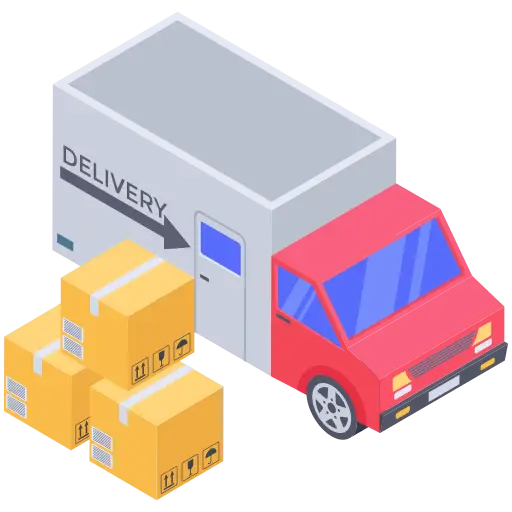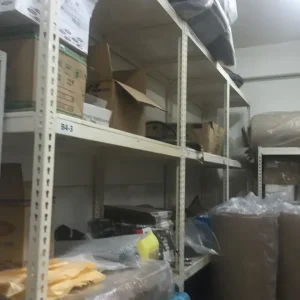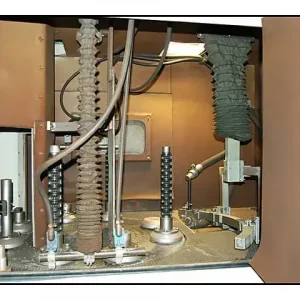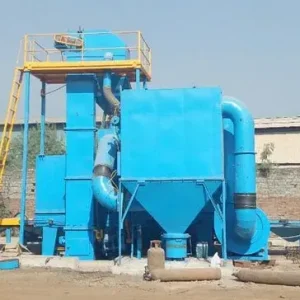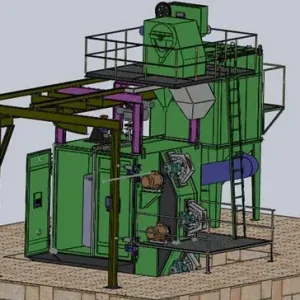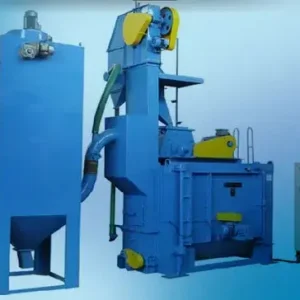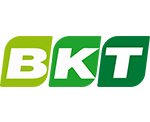Introduction
Ever wondered how that old, rusty piece of metal can look brand new again? The secret often lies in a process called sand blasting. Whether you’re a DIY enthusiast or a professional in the manufacturing industry, understanding the ins and outs of sand blasting machines can be incredibly beneficial. So, let’s dive into what sand blasting is all about and why it’s so important.
Understanding the Basics of Sand Blasting Machines
What is a Sand Blasting Machine?
A sand blasting machine is a powerful tool used to remove surface contaminants, rust, or paint from various materials. It’s like giving the material a deep clean, but instead of soap and water, it uses abrasive particles propelled at high speed.
Types of Sand Blasting Machines
Sand blasting machines come in various forms, each designed for specific tasks. Whether you’re working on a small object or a large industrial structure, there’s a sand blasting machine that fits the bill.
How Sand Blasting Machines Work
The working principle of sand blasting machines is simple but effective. The machine uses compressed air to shoot abrasive particles through a nozzle onto the surface you’re working on. The impact of these particles cleans, smooths, or etches the surface, depending on the material and abrasive used.
Types of Sand Blasting Machines
Portable Sand Blasting Machines
These machines are ideal for on-the-go tasks. They’re lightweight and easy to move, making them perfect for small projects or jobs that require mobility.
Cabinet Sand Blasting Machines
If you’re working on smaller items that need precision, a cabinet sand blasting machine is the way to go. The workpiece is placed inside a cabinet, where it’s blasted in a controlled environment.
Automatic Sand Blasting Machines
For large-scale industrial tasks, automatic sand blasting machines are a lifesaver. They can be programmed to blast continuously without much manual intervention, saving time and labor.
Industrial Sand Blasting Machines
These heavy-duty machines are designed for the most demanding applications, like cleaning large structures or preparing surfaces for painting on an industrial scale.
Components of a Sand Blasting Machine
Blasting Nozzles
The nozzle is the part of the machine that directs the flow of abrasive particles. Different nozzles are available for different tasks, depending on the material you’re working on and the desired finish.
Blast Hose
The blast hose carries the abrasive material from the machine to the nozzle. It’s crucial to ensure that the hose is durable and flexible to handle the pressure and wear.
Air Compressor
The air compressor is the powerhouse behind the sand blasting machine. It provides the necessary air pressure to propel the abrasive particles at high speed.
Abrasive Media
The choice of abrasive media can vary depending on the task. Sand, glass beads, aluminum oxide, and steel grit are just a few examples, each offering unique properties for specific applications.
Choosing the Right Abrasive Media
Sand
Once the go-to material, sand is now less commonly used due to health concerns related to silica dust. However, it’s still effective for certain applications where safety measures are in place.
Glass Beads
For a smoother finish, glass beads are an excellent choice. They’re often used in applications where the material’s integrity must be preserved.
Aluminum Oxide
Aluminum oxide is a versatile abrasive that’s both tough and reusable. It’s commonly used in sand blasting machines for metal preparation and cleaning.
Steel Grit
Steel grit is perfect for aggressive cleaning and surface preparation. It’s durable and can be recycled multiple times, making it a cost-effective choice.
Applications of Sand Blasting Machines
Surface Preparation
Before painting or coating, surfaces need to be clean and free from rust or old paint. Sand blasting is a highly effective method for achieving this.
Rust and Paint Removal
Old, rusted items can be rejuvenated through sand blasting. The abrasive particles strip away rust and old paint, leaving the surface ready for a fresh coat.
Cleaning and Polishing
Sand blasting isn’t just about removing material; it’s also great for cleaning and polishing surfaces, giving them a renewed look.
Etching and Engraving
Want to add intricate designs to glass or metal? Sand blasting can be used for etching and engraving, allowing for detailed and creative designs.
Safety Measures in Sand Blasting
Personal Protective Equipment (PPE)
Safety first! Always wear proper PPE, including gloves, goggles, and a respirator, to protect yourself from the abrasive particles and dust.
Ventilation and Dust Control
Ensure that the blasting area is well-ventilated to minimize the inhalation of dust. Using dust collectors or water to suppress dust can also help.
Handling Abrasive Media Safely
Abrasive materials can be hazardous if not handled properly. Always follow safety guidelines when storing, handling, and disposing of abrasive media.
Maintenance of Sand Blasting Machines
Regular Inspection and Cleaning
Keeping your sand blasting machine in top shape requires regular inspection and cleaning. Check for wear and tear, and clean the machine after each use.
Replacing Worn-Out Components
Nozzle worn out? Hose showing signs of damage? Replace these components immediately to ensure the machine operates efficiently.
Quality Standards Followed by Shot Blasting Machine Manufacturers
Why You Should Choose a Trusted Indian Manufacturer for Sand Blasting Equipment
Proper Storage
Store the machine and abrasive materials in a dry, secure area to prevent damage and extend their lifespan.
Advantages of Using Sand Blasting Machines
Efficiency in Cleaning and Surface Preparation
Sand blasting is one of the most efficient ways to clean and prepare surfaces, saving time and labor compared to manual methods.
Versatility in Application
From small DIY projects to large industrial tasks, sand blasting machines are versatile tools that can handle a wide range of applications.
Cost-Effective Solution
While the initial investment might be significant, the long-term savings in time, labor, and materials make sand blasting a cost-effective solution.
Disadvantages of Sand Blasting Machines
Environmental Concerns
Sand blasting can produce a lot of dust and debris, which can harm the environment if not managed properly. Eco-friendly alternatives are being developed to address this issue.
Health Risks if Not Properly Managed
Inhaling dust from abrasive materials can cause serious health issues. Proper ventilation and PPE are essential to mitigate these risks.
Wear and Tear of Machine Parts
The abrasive nature of the materials used in sand blasting means that the machine’s components are subject to wear and tear, requiring regular maintenance and replacement.
Choosing the Right Sand Blasting Machine for Your Needs
Assessing the Project Requirements
Consider the size, material, and scope of your project when choosing a sand blasting machine. Different machines are designed for different tasks.
Budget Considerations
While it’s tempting to go for the cheapest option, consider the long-term costs of maintenance, replacement parts, and efficiency.
Brand and Manufacturer Reputation
Invest in a machine from a reputable manufacturer to ensure quality, reliability, and after-sales support.
Innovations in Sand Blasting Technology
Eco-Friendly Sand Blasting Methods
New technologies are being developed to reduce the environmental impact of sand blasting, such as water-based methods and dust collection systems.
Automated Sand Blasting Systems
Automation is making sand blasting more efficient and less labor-intensive. Automated systems can be programmed for precision, ensuring consistent results.
Digital Control and Precision
With digital controls, operators can adjust the blasting parameters with precision, improving the quality and consistency of the results.
Common Problems and Troubleshooting in Sand Blasting
Inconsistent Blasting Pressure
If you notice uneven results, check the air compressor and hoses for leaks or obstructions that could be causing inconsistent pressure.
Clogging of the Blast Nozzle
Clogging can occur if the abrasive media is damp or contaminated. Ensure that the media is dry and clean before use.
Uneven Abrasive Flow
Uneven flow can result from worn-out hoses or nozzles. Regularly inspect and replace these components as needed.
Case Studies: Successful Sand Blasting Projects
Restoration of Vintage Cars
Sand blasting is often used in the restoration of vintage cars, removing rust and old paint to reveal the original metal surface.
Cleaning of Industrial Equipment
Industries use sand blasting to clean machinery and equipment, ensuring they operate efficiently and last longer.
Preparing Metal Surfaces for Painting
Before applying a fresh coat of paint, sand blasting is used to prepare metal surfaces, ensuring better adhesion and a smoother finish.
Conclusion
Sand blasting machines are indispensable tools in various industries, offering an efficient and effective way to clean, prepare, and restore surfaces. Whether you’re working on a small DIY project or managing a large industrial operation, understanding the different types of sand blasting machines and their applications is crucial. As technology advances, new innovations are making sand blasting more eco-friendly and precise, ensuring its continued relevance in the years to come.
FAQs:
- What is the main purpose of a sand blasting machine?
The main purpose of a sand blasting machine is to clean, prepare, and restore surfaces by removing rust, paint, and other contaminants. - Is sand blasting safe for all materials?
While sand blasting is effective on many materials, it’s essential to choose the right abrasive media and machine settings to avoid damaging delicate surfaces. - How often should I maintain my sand blasting machine?
Regular maintenance, including inspection and cleaning after each use, is crucial to ensure the machine’s longevity and efficiency. - Can I use regular sand in a sand blasting machine?
Although regular sand can be used, it’s less common due to health risks associated with silica dust. Safer alternatives like glass beads or aluminum oxide are recommended. - What are the latest innovations in sand blasting technology?
Recent innovations include eco-friendly blasting methods, automated systems, and digital controls for precision and efficiency.


